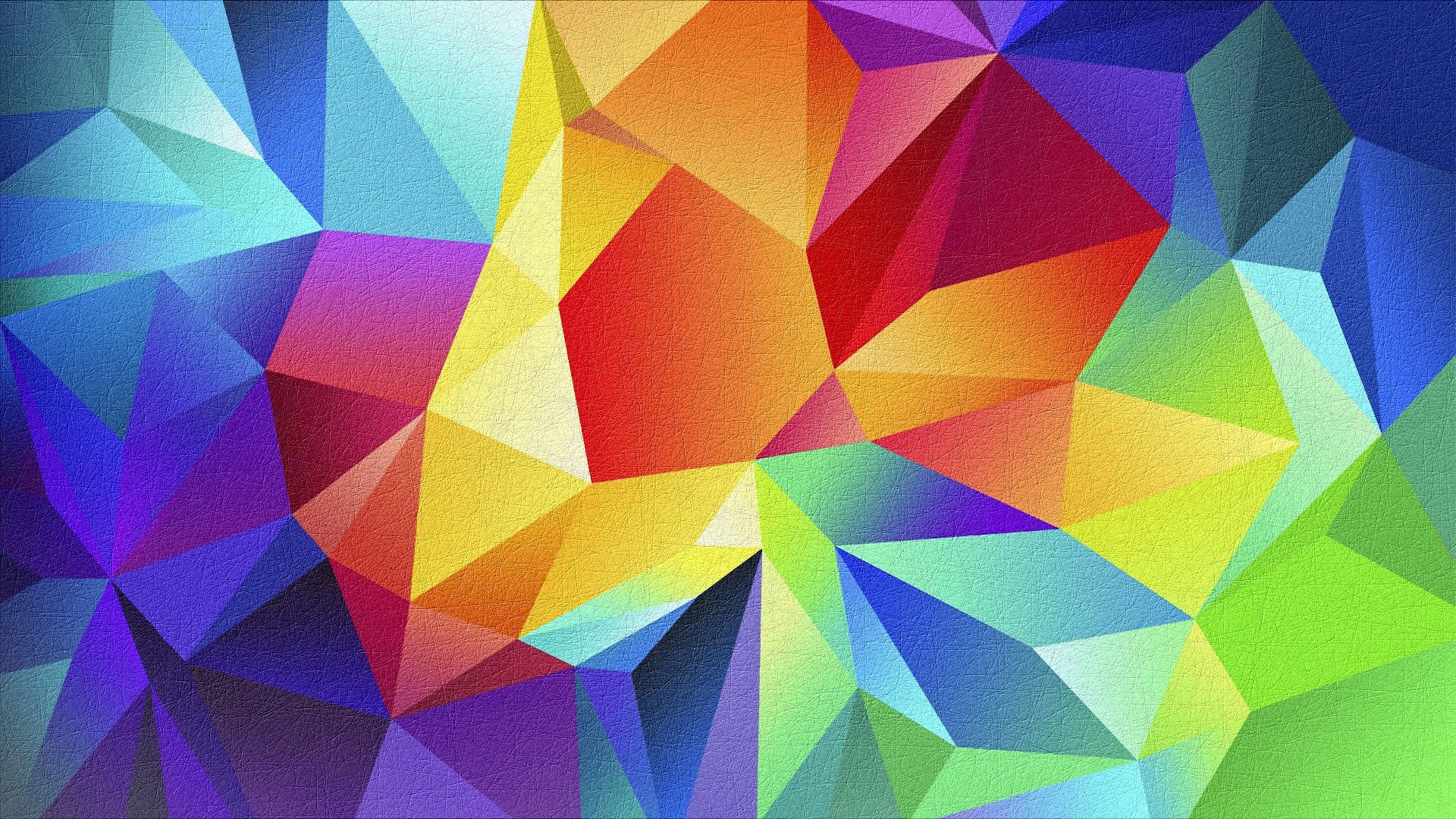
About Musical Colors
The Who, What, When, Where,
How & Why Of Musical Colors
My Story
As long as music has been around, musicians have looked to simplify the notation of music as well as to develop simple and concise methods for teaching Music Theory. There have been many attempts throughout history and for the most part, music theory has been taught as a cerebral discipline in scholarly institutions. However, creativity sometimes tends to get lost along the way and the average academic student, sometimes with brilliant personal ideas, loose themselves and their passion for music dissipates in the process. But it does not have to be that way!
When I was enrolled at the University of Arizona Music College in 1991, I ran into problems of practical realization on my primary instrument, the classical guitar. So I developed a colorful method for my need to remain in key while improvising, as well as being able to apply music theory and composition while noodling on my guitar. I quickly came to realize that it would be easier to learn to play music on my guitar if there could be some kind of visual reference that showed me clearly where all musical notes fell on the fretboard of my instrument.
So naturally, that is exactly what I did and everyone around me, including my teachers, were amazed at the visual system and how my musicianship had improved. As I did not have a strong background in Sight Reading music on an instrument like my guitar, the system still ended up visually solving my necessity to know what I was playing, to know how to play what was being asked of me, to know how to play what was displayed in front of me, and to write down what I was playing.
I needed a simple and elegant solution, and I began taping colored construction paper cutouts to my guitar fret board, which was really cool. Later on, I did some extensive research and found out that this idea was really nothing new at all, but it did not matter. The system was still incredibly useful at helping me know what notes I was playing while composing a work of music, honing my improvisational skills with other musicians and simply just getting through Sheet Music.
During this time at the university, I publicly displayed my color coded guitar a great deal throughout the four years I was enrolled in music college; and since then, the system that I had developed, has evolved into a wonderfully artistic and deeply theoretical and practical approach to music appreciation which has truly made music more accessible to many. This was the beginning of Musical Colors® A Visual Music Color System, and what would come after many years latter.
Realizing all the possibilities for pedagogical instruction using this simple idea were awesome. I began to create a manual of color coded scales and chords in order to accelerate my learning. I then began to use these same principals to instruct elementary school children on the foundations of how music is structured and how it moves in time. Students caught on very quickly, just as I understood very clearly that children learn better when they are having fun, and color we all know is fun!
We also know that color is a primary tool for creating structure in our world today. My goal is to bring this simple practical science of musical color relation back into our understanding of how music is structured, and in turn, accelerating our ability to learn quickly and express ourselves more uniquely. Musical Colors becomes part of your instrument and unlocks many visually discernible patterns which are directly accessed by your talent and creativity.
“Our mission is to help people both young and old, learn and play music quickly with color coded musical instruments.”

